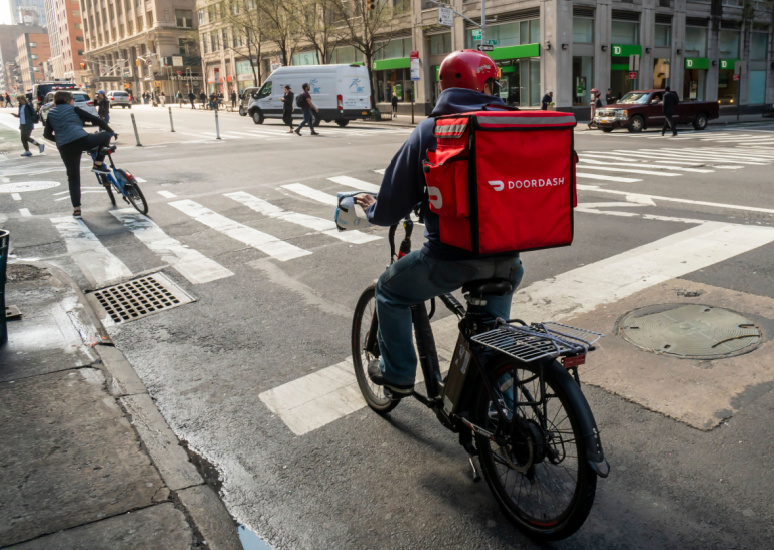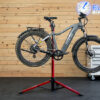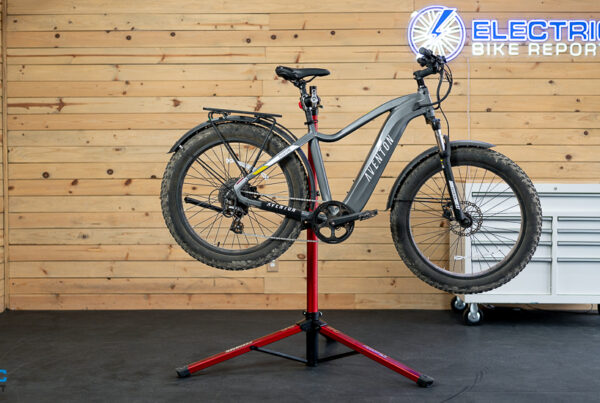Some links may be affiliate links. We may get paid if you buy something or take an action after clicking one of these.


The New York City Council has taken up consideration of a bill that would regulate e-bikes. This bill wouldn’t regulate all e-bikes, though. It’s meant to take on the e-bikes used by food delivery apps like GrubHub, DoorDash and Uber Eats. And that’s not all. New York has even announced the formation of a new municipal department, the Department for Sustainable Delivery.
Mayor Eric Adams has already announced his support for the bill. According to Margaret Forgione, first deputy commissioner of the Transportation Department, the Adams administration supports the bill. The administration has signaled that the goal is to create an e-bike trade-in program that would be funded by the apps.
New York has taken action because the number of fires caused by e-mobility devices and defective or repaired batteries has been on the rise. In 2023 there were 268 fires in the city that resulted in 150 injuries and 18 deaths.
In announcing the department, Mayor Adams said, “Our streets — and how they’re used — have changed, and we’re changing with them. The Department of Sustainable Delivery will be a first-in-the-nation way to let us retake the reins of our streets and ensure that the next generation of mobility innovation works for our workers, our neighbours and our city as we continue to deliver on our vision to protect public safety, rebuild our economy, and make this city more liveable for working-class New Yorkers.”
Of course, the delivery companies are fighting the bill. Uber’s senior policy manager, Hayley Prim, said that the effort should be placed on ebike sellers, rather than requiring the apps to supply reliable e-bikes. In testimony Prim said, “We encourage the Council to table these bills.”
DoorDash suggested that such a bill could cause the apps to terminate delivery by e-bike. Such bluster is impractical in a city where e-bikes can often outpace cars over short distances.
Conditions continue to improve for delivery workers. In December, the state court ruled that delivery workers must be paid a minimum of $17.96 per hour by delivery app companies.
Sponsors
Reader Interactions
![]()
![]()
.
.
.
#Forms #Department #Regulate #EBikes #Electric #Bike #Report
Source link







